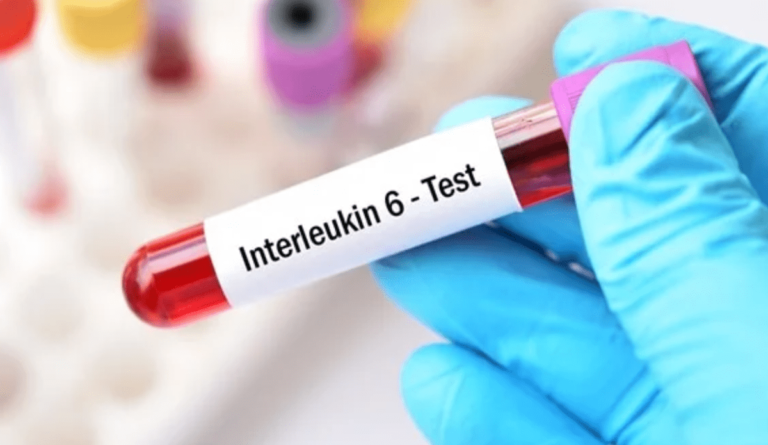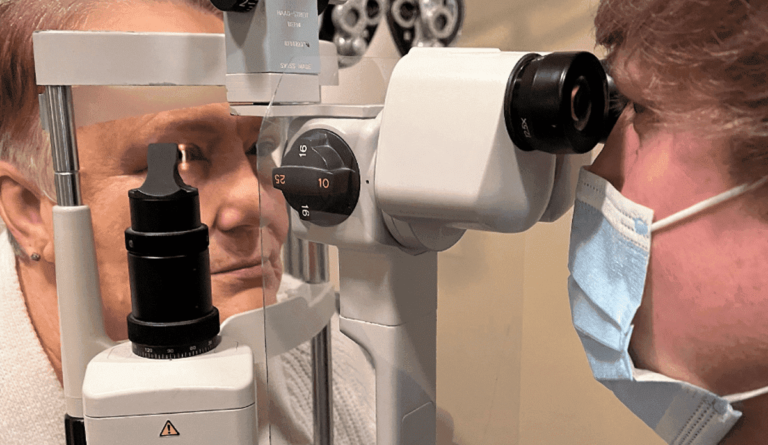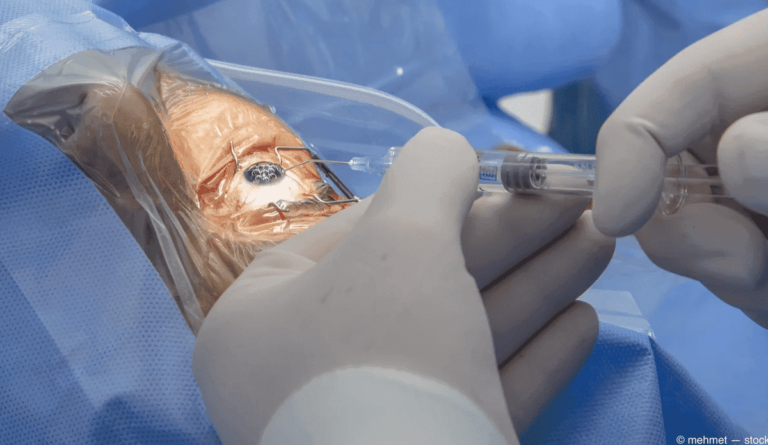
These tips can help you slow the progression of symptoms.
Reviewed: June 10, 2022
By Diana Rodriguez
Medically Reviewed by Daniel S. Casper, MD
Wet age-related macular degeneration (AMD) occurs when abnormal blood vessels build up beneath the retina of the eye and leak fluid and blood into the macula, the part of the retina responsible for central vision. This leads to scarring of the macula and loss of central vision.
When your eyesight begins to fail, daily activities — taking medication, reading, driving — can become much more challenging. But a low-vision specialist can teach you tools and lifestyle modifications to help you see more clearly.
“Through the use of various aids, low-vision rehabilitation is aimed at addressing each person’s individual goals to help maintain their level of independence as much as possible,” says Ashley Deemer, OD, an assistant professor at the Southern California College of Optometry at Marshall B. Ketchum University in Fullerton.
Get started with these steps.
Update Your Eyeglasses

Klaus Vedfelt/Getty Images
You may benefit from a new prescription for eyeglasses, although vision tends to stabilize about three months after eye injection treatments for wet AMD, Deemer says.
If you have advanced wet AMD, customized glasses that have a high magnification and are specially made with a built-in prism can help your eyes work together, according to the BrightFocus Foundation. A small bioptic telescope can also be fitted onto prescription glasses for distance viewing.
There are limits to how much glasses can help compensate for eye damage. Deemer compares the situation to a camera. Think of wearing glasses as focusing the camera lens and of the retina as the film. “If the film is smudged or damaged in any way, the picture will still be blurry,” she says. Talk with your ophthalmologist or optometrist to see if a new prescription might help.
Adjust Your Computer Screen

Johnny Greig/iStock
Changing some settings on your computer may make it easier for you to see. For instance, try increasing the magnification on the screen and adjusting the contrast and brightness. It may take a few tries to find what works best for you.
You might find that using a larger, bolder font or reversing the colors on your screen for white letters on a black background can help, Deemer says. Also, avoid any glare on your screen from sunlight or indoor lighting.
Update Your Phone

Getty Images
Try experimenting to find the best smartphone design, with features that are most helpful to you and your vision. This might be a very simple phone with large, easy-to-press buttons; a smartphone that’s compatible with voice-recognition software; or a touch screen with audio commands, magnification, and voice navigation, the Macular Disease Foundation Australia (MDFA) suggests.
Think of a cell phone as an important tool to help with directions, alarm reminders, and communication with others. Many smartphones have an accessibility section within the settings to modify parameters to assist with impaired vision, Deemer notes.
Opt for Voice-Recognition Tools

Axel Bueckert/Getty Images
Consider computer software programs that translate your voice into text and read text aloud, the American Foundation for the Blind suggests.
“Voice recognition and dictation software, as well as text-to-speech software systems, can greatly improve the way that you receive information,” Deemer says. “Rather than relying on your vision, which may tend to fluctuate or be inconsistent, you can access this technology for correspondence with family and friends and to complete work tasks.”
Also try out gadgets such as talking clocks, timers, and food thermometers, the MDFA suggests.
Try Magnifiers

Yongyuan Dai/iStock
There are many magnifying devices available, from handheld options with lights to bar designs that magnify one line of text at a time. There are also domed, clip-on, pocket-size, and fixed-stand magnifiers. These products work in different ways: Some magnify a small area close up, and others magnify areas farther away, so you might want to buy several to fit all your vision needs.
“Optical magnifiers can help by making print larger and, therefore, easier to read,” Deemer says. “Electronic magnification devices work by enhancing both the magnification level and the contrast, making reading tasks much easier for people with wet AMD.”
Brighten Up Your Lighting

Thinkstock
Wet AMD affects your ability to see contrast and color, so the right lighting can make a big difference. Everyone’s needs are unique, but lighting labeled “natural spectrum” or “LED” typically works best for people with wet AMD. An adjustable, bright lamp can provide light for reading in particular, Deemer says.
“Task lighting through the use of a gooseneck lamp can be helpful to make print bolder and darker when it’s brought close to the reading material or area of interest,” she adds.
Grab Your Shades

Mohammad Hosein Reyhani/Getty Images
Ultraviolet light has been linked with macular degeneration, and exposure to either can accelerate AMD’s progression, according to the American Macular Degeneration Foundation. Wear sunglasses that shield your eyes from both types of light, even on overcast days.
Putting on a hat can add another layer of protection. Also, because glare can make it even harder to see, sunglasses can help cut down on that glare, especially in bright sunlight, according to the MDFA.
Rethink Transportation

iStock
Advanced wet AMD can make it difficult to read road signs and see pedestrians, according to the National Highway Traffic Safety Administration (NHTSA). A low-vision specialist may be able to work with you on your driving skills. But you may need to give up driving and use other ways to get around, such as taking taxis, buses, and other public transportation or asking a friend or family member to drive you where you need to go. Check with your local senior centers to see if they offer transportation services, the NHTSA suggests.
Work Closely With Your Doctor

Getty Images
There are emerging treatments for wet AMD that can minimize or slow vision loss, so make sure you form a close partnership with your doctor to manage your condition as well as possible. “The best thing to do is to maintain a healthy lifestyle,” Deemer says. “This includes not smoking, protecting your eyes from ultraviolet light exposure, and eating a nutritious diet.”
If any of your symptoms start to worsen, be sure to see your doctor right away. Treatments for wet AMD are most effective at preserving vision if they’re started promptly, according to the BrightFocus Foundation.
In addition to your doctor, non-profit organizations such as the Lighthouse Guild, VISIONS/Services for the Blind and Visually Impaired, and Helen Keller Services for the Blind, among others, offer programs teaching those with low vision how to develop skills to mitigate their visual limitations. They may also provide advice and financial support to help you obtain low-vision aids such as magnifiers.






